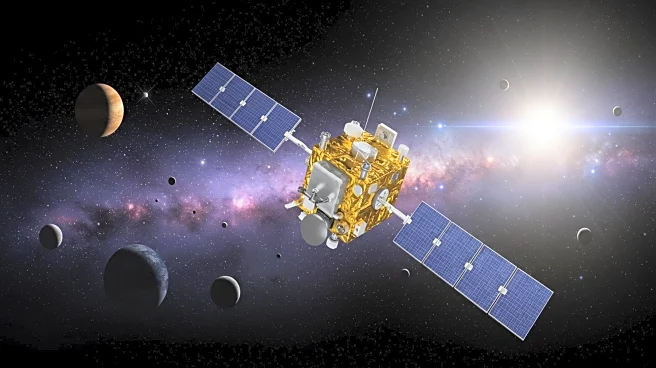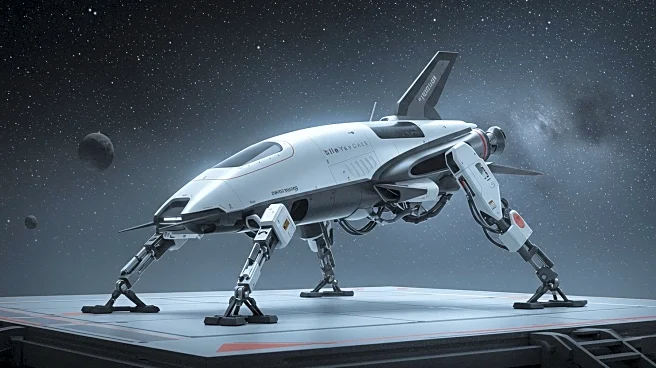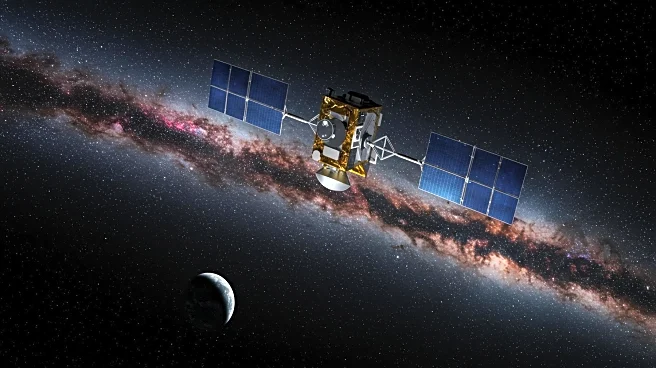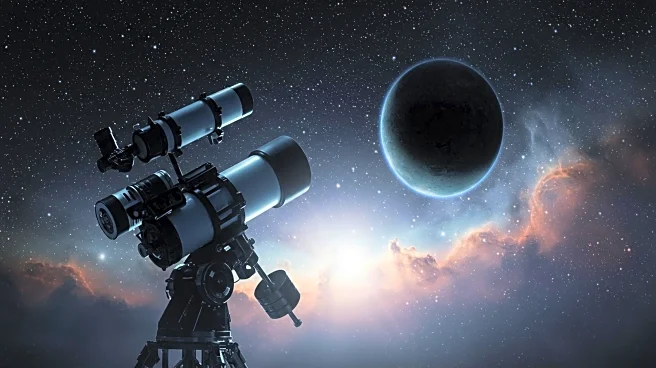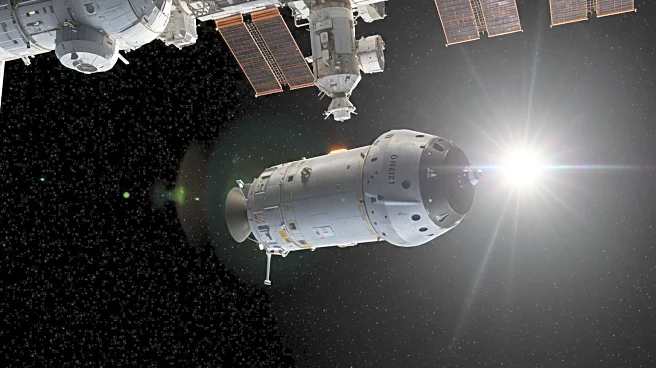Rapid Read • 8 min read
NASA's Asteroid Terrestrial-Impact Last Alert System (ATLAS) in Chile has detected a new interstellar comet, named 3I/ATLAS, entering the solar system. This marks the third interstellar object observed by humans, following 1I/'Oumuamua and 2I/BORISOV. The comet, similar in composition to 2I/BORISOV, is icy and is expected to leave the solar system by the end of the year. It will come closest to the sun in late October 2025, potentially developing a comet tail as its ice melts. ATLAS, part of NASA's early warning program, uses a network of telescopes to monitor near-Earth objects, ensuring planetary defense against hazardous space objects. Despite initial concerns, NASA has confirmed that 3I/ATLAS poses no threat to Earth, as it will pass at a safe distance of 1.8 astronomical units.
AD
The detection of 3I/ATLAS underscores the capabilities of NASA's ATLAS system in identifying and tracking interstellar objects. This discovery is significant for scientific research, offering insights into the composition and trajectory of ancient celestial bodies. The comet's age, estimated at 7 billion years, provides a unique opportunity to study materials older than the solar system itself. While the comet poses no immediate threat, its detection highlights the importance of continued vigilance in monitoring space objects that could potentially impact Earth. The event also fuels scientific curiosity and debate, with some researchers speculating on the possibility of interstellar objects being alien probes.
As 3I/ATLAS approaches the sun, scientists will continue to observe its behavior and gather data on its composition and trajectory. The comet's passage through Mars' orbit presents an opportunity for further study, potentially revealing new information about interstellar comets. Researchers will also explore the comet's tail formation as it nears the sun. The scientific community remains engaged in discussions about the nature of interstellar objects, with ongoing debates about their origins and potential implications for understanding the universe.
The discovery of 3I/ATLAS raises questions about the frequency of interstellar objects passing through our solar system undetected. It also prompts discussions on the potential for these objects to be remnants of ancient star systems or even alien technology. The event highlights the need for advanced detection systems and international collaboration in space exploration. Ethical considerations arise regarding the interpretation of data and the dissemination of information about potential extraterrestrial encounters.
AD
More Stories You Might Enjoy


